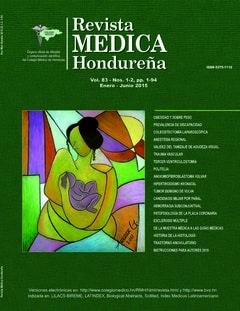History of Histology
Keywords:
History of histology, cell theory, tissue theory, modern histologyAbstract
There is no doubt that the most important advances throughout the history of histology were the discovery of the microscope by the Jensens, its reinvention by the scientist Leeuwenhoek and the historical milestones related to the development of the cell theory by Schwann, Schleiden and Virchow which marked the studies of tissues. The theoretical classification of tissues made by Bichat, and his histopathologic linking out line an important generation of the tissue theory subsequently allowing Virchow to provide the ultimate classification of tissues that is even used nowadays for studies. It is important to mention some important discoveries made known by Malpighi’s descriptions which helped to develop cell and tissue theory, which is why he is considered as the father of histology. Virchow led the tissue theory of Bichat to a citopathologic theory in the genesis and development of illnesses. The advances in citogenetics were highlighted until after Mendel proposed his theories and afterwards the mutational theory was discovered. Golgi and Cajal gave an important twist in the development of the neurosciences when they postulated their theory about neuronism and they mentioned the important functions of the sensory systems. Everything was improved with the invention of the electronic microscope by Ruska which allowed the exponential growth of the development of basic sciences up to the present day.
Downloads
15958




